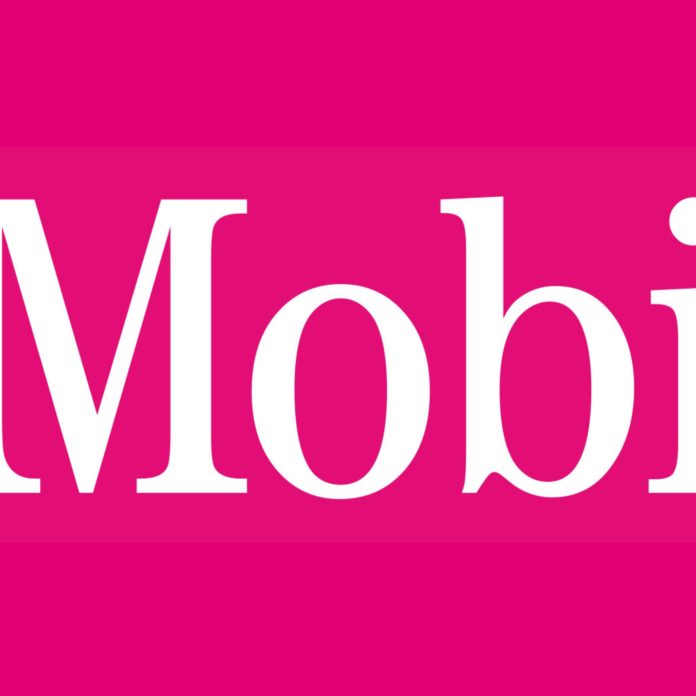T-Mobile US added 627,000 net postpaid phones during the second quarter of 2021
T-Mobile US touted continued strength in customer gains during the second quarter and shrugged off the coming loss of Dish Network wholesale customers to AT&T, saying that the additional capacity on its network will represent an opportunity and that it had planned for a rapid exit of Dish customers anyway.
The carrier reported revenues of $20 billion for the quarter, up 13% year-over-year, and net income of $978 million, eight times what it reported at the same time last year. T-Mo also added 76,000 prepaid net adds during the quarter. Its total service revenues were up 10% year-over-year to $14.5 billion, driven by customer growth and higher wholesale revenues, the company said.
“We’re just past halftime in the game here for 2021, and our team is feeling more confident than ever,” said T-Mo CEO Mike Sievert during the company’s call with investors. He emphasized the company’s focus on three “core ambitions”: Expanding its addressable market and growing its customer relationships; realizing merger synergies “faster and bigger”; and positioning itself for the long term with 5G leadership, a strong brand and positive customer experiences.
Sievert drew attention to a number of areas, including T-Mo’s churn rate. Its postpaid phone churn was at just 0.87%, and he added that the higher churn among former Sprint customers is “rapidly improving.”
“Unlike the other guys, we’ve got room to run” in improving churn, he added.
Sievert said that T-Mobile US has already moved one-third of Sprint customers over to T-Mobile US’ network and is carrying about 80% of the total traffic of former Sprint customers on its network.
Among the call highlights:
-T-Mo is expanding its retail engagement in rural communities, and said that nearly one-third of its new postpaid account activations during the second quarter came from smaller markets and rural areas, up from about a quarter of activations in 2020. Jon Freier, EVP of T-Mo’s consumer group, called small and rural markets “a huge opportunity” for the carrier and noted that the company is “well on-pace” to open 200 retail stores this year along with hiring 1,000 “mobile hometown experts,” who will be available in cities and towns where T-Mo doesn’t have a retail presence. The carrier expects to build up to 2,500 of those hometown experts.
-In terms of its 5G home internet offering, which was launched at the start of the second quarter, T-Mo said that it is on-track to meet its target of 500,000 customers this year. Sievert said that at times so far, demand has exceeded the company’s supply of modems.
-As T-Mo aims to make inroads on enterprise and government customers, it says it is looking to capitalize on emerging options such as private networks and mobile edge computing (MEC) — and that it is in trial programs with major enterprises, including 12 of the Fortune 50.
T-Mobile raised its guidance and now anticipates total postpaid net additions for the year to be between 5-5.3 million (up from 4.4-4.9 million).
Sievert and his crew fielded questions about the impact that Dish Network moving its subscribers to AT&T’s network will have on T-Mobile US’ plans over the next few years. Sievert said that in T-Mo’s five-year plan, it had “already factored in rapid declines” for Dish wholesale revenue.
“We took them at their word that they would build a facilities-based network and vacate ours as soon as possible,” Sievert explained, adding, “It’s possible that with this development with AT&T, that they will move faster than even we anticipated in moving off our network.” He emphasized the opportunities that opens up for T-Mobile US. “So many things in our plan are predicated on available capacity,” Sievert said, specifically calling out home broadband, where T-Mo had expected to set its pace of growth based on available network capacity rather than demand. “There’s an opportunity to go faster,” he said, both in home broadband and in its ability to put “ambitious offers” in front of enterprise customers to gain more market share. “Ultimately, when we look at it, we’re not really that displeased,” Sievert said. “It’s going to allow us to do what we do best, focus on our knitting and get after share-taking and building this great network.”
Check out the complete details from T-Mobile US here. For second-quarter results from AT&T, Verizon and Comcast, coverage is here, here and here.

